Tricarboxylic Acid Cycle
Definition of TCA Cycle - This is a type of process which execute in a cyclical form and final common pathway for oxidation of Carbohydrates fat protein through which acetyl coenzyme a or acetyl CoA is completely oxidised to carbon dioxide and ultimately water is known as tricarboxylic acid cycle.
TCA cycle is named so because it proceeds through the formation of a few tricarboxylic acid acids containing three carboxyl groups in the first few steps and the first product is citric acid. Thus the cycle is also called citric acid cycle and it is also popularly known as krebs cycle due to the name of renowned scientist sir Hans krebs who first described this pathway of complete oxidation of pyruvic acid in 1937.
It differs from glycolytic pathway as it can operate in aerobic condition only the TCA cycle is considered as the pathway of complete oxidation of acetyl CoA to carbon dioxide and water but water is not produced in this cycle as it simply degrades the acetyl CoA to release carbon dioxide and hydrogen atoms. Hydrogen atoms when released in several steps of this pathway which are carried by nicotinamide adenine dinucleotide or 11 adenine dinucleotide that becomes reduced to N A D H 2 on ICDS 2. This reduce carrier are re oxidized by transferring the hydrogen atoms to molecular oxygen through the enters so that the nicotinamide adenine dinucleotide or flavin adenine dinucleotide is regenerated and water is produced. In absence of oxygen TCA is inoperative and regeneration of nicotinamide adenine dinucleotide and flavin adenine dinucleotide is impossible and the TCA cycle will stop immediately. Beside this the fact that oxidation reactions of TCA cycle are carried out by dehydrogenation and not by molecular oxygen the TCA cycle is regarded as an aerobic process because of its dependence on it is which essentially requires the presence of oxygen.
Site of TCA Cycle - This cycle operates in all living tissues in which the respiration is of aerobic type and in contrast to the enzymes responsible for glycolysis the complete set of enzymes responsible for the reaction of TCA cycle is located in mitochondria mostly in the matrix close to the enzymes of ETS. Functional significance of location of these two sets of enzymes within mitochondria is obvious.
Pathway of TCA Cycle:
TCA cycle is
followed by acetyl-CoA which is the two carbon compound that combines with the
four carbon compound oxaloacetic acid to
form a 6 carbon compounds nitric acid. This site Re cassette is subsequently
degraded by a series of reactions by liberate carbon dioxide and hydrogen atoms
that finally regenerate oxaloacetic acid. Oxaloacetic acid has a function of a
catalytic manner in the complete oxidation of acetyl-CoA through TCA cycle.
Due to complete oxidation of Carbohydrates the pyruvic acid which formed causes glycolysis and enter the TCA cycle. Before the entry of pyruvic acid to TCA cycle it should be converted to acetyl CoA by oxidative decarboxylation process and this reaction is catalyzed by a multi enzyme system known as pyruvate dehydrogenase Complex which is present in mitochondria and it requires thiamine pyrophosphate, lipoic acid ,nicotinamide adenine dinucleotide and coenzyme a. In this reaction carbon dioxide and two hydrogen atoms are removed from pyruvic acid which is decarboxylated and oxidized to form Co Ash that added to the resulting 2 carbon compound to form acetyl CoA. Two atoms of hydrogen are carried by nicotinamide adenine dinucleotide as NADH2 which is then oxidized by molecular oxygen through the electron transport system to generate three molecules of ATP. For this process, unit generate six molecules of ATP and acetyl CoA which is also be derived from the oxidation of fatty acids that will discussed. Oxaloacetic acid is major starting material for TCA cycle which is formed mainly by carboxylation of pyruvic acid and this reaction is catalysed by the enzyme pyruvate carboxylase. Oxaloacetic acid can also derived from the amination or transamination of aspartic acid.
TCA cycle are observed to be begin by the formation of nitric acid by combination of acetyl CoA and also acetic acid which reaction is catalyzed by citrate synthase. In this type of reaction water is consumed and coenzyme a is freed which can be reused during the formation of acetyl CoA. This acid is converted to isocitric acid by aconitase enzyme through the intermediate compound called cis aconitic acid. Isocitric acid is observed to undergoes dehydrogenation which is followed by decarboxylation to form a 5 carbon compound called Alpha ketoglutaric acid. This is a request nicotinamide adenine dinucleotide as the hydrogen acceptor and in this reaction of sulphuric acid is produced as an intermediate compound where is nicotinamide adenine dinucleotide is reduced which is again free oxidized through it is by generating 3 molecules of ATP. Alpha ketoglutaric dehydrogenase Complex also requires TPP lipoic acid, coenzyme A and NAD as co-enzymes.
TCA cycle proceeds by the conversion of succinic way to succinate acid in the presence of enzymes succinyl thiokinase. Why this reaction who is it is safe to we used and 1 molecule of ATP produced from ATP and inorganic phosphate by substrate level phosphorylation. In the remaining part of of TCA cycle the four carbon compounds succinic acid is converted back to convert Acetic Acid through to dehydrogenation separated by a hydration. The first in hydrogenation reaction is catalyzed by the enzyme succinic dehydrogenase switch news flavin adenine dinucleotide as hydrogen acceptor to produce FADH2 and fumaric acid. This FADH2 give two molecules of ATP by the oxidation through ETS. Fumaric acid hydrated to form malic acid under the influence of enzyme fumerase. Ultimately the malic acid is again dehydrogenase it by nicotinamide adenine dinucleotide which required enzyme malic dehydrogenase to re generate oxaloacetic acid. Reduced NADH2 produced in this reaction which generates three molecules of ATP during reoxidation through ETS.
Most of the reactions of tricarboxylic acid cycle are reversible and this cycle operates uni-directional because two reactions catalysed by the enzyme citrate synthase and Alpha ketoglutaric dehydrogenase Complex are Irreversible. Due to edition the conversion of pyruvic acid to acetyl coa such as the reaction of the enzyme pyruvate dehydrogenase is also Irreversible.
Significance of TCA Cycle:
ATP Production - tricarboxylic acid cycle is very important for the production of ATP as in this pathway 12 molecules of ATP are produced for the complete oxidation of each molecule of acetyl CoA.
Final Common Pathway of Catabolism - This cycle is called the final common pathway for the complete catabolism of Carbohydrate protein and fat as all these energy yielded from the food stuffs are ultimately enter into the pathway for their complete oxidation to release energy which energy bill up taken by the different cells of the living organisms to execute their physiological activities. Carbohydrates of internal TCA cycle, the pyruvic acid and entry of fat and protein into the cycle also occurs by the oxidation of fats and proteins.
Synthesis of Porphyrins - The product called succinic CoA which is produced in tricarboxylic acid cycle is required for the synthesis of porphyrins compounds and this porphyrin ring used for the formation of haemoglobin in animals and chlorophyll in plants.
Link between Carbohydrates and Protein Metabolism - This cycle links Carbohydrate and protein metabolism by the production of Alpha ketoglutaric acid in this cycle from carbohydrates and it is then transmitted to an amino acid that is glutamic acid which is incorporated in the proteins. Again conversely amino acids on entering the TCA cycle through their kito derivatives ultimately form of salicylic acid which is by decarboxylation produces pyruvic acid and this pyruvic acid may be converted to glucose through inverse glycolysis or the process called neoglucogenesis. Neoglucogenesis is a process by which glucose is produced from the components other than carbohydrate products.
Energy Calculation of TCA Cycle:
Cycle of tricarboxylic acid cycle is very important because the pyruvic acid that produced in glycolysis are used as substrate in tricarboxylic acid cycle by the binding of acetyl-CoA. In this cycle 12 molecules of ATP are produced by the complete oxidation of each molecule of acetyl CoA. Three molecules of NADH2 to are produced in the tricarboxylic acid cycle which is catalyzed by isocitrate dehydrogenase ,Alpha ketoglutarate dehydrogenase and malic dehydrogenase. This molecule undergoes oxidation in electron transport chain and it gives 9 molecules of ATP as three ATP molecules are equivalent to one NADH2. FADH2 is produced in the succinic dehydrogenase reaction to generate two molecules of ATP. Succinyl thiokinase is the enzyme which produces 1 ATP molecules by substrate level phosphorylation. As a result total ATP production in tricarboxylic acid cycle is 12 molecules.
Tricarboxylic acid cycle is referred to a metabolic pathway which place a dual role that is catabolic as well as anabolic. Tricarboxylic acid cycle is considered as amphibolic pathway as it has both catabolic and anabolic functions.
Catabolic Functions - This cycle does the final common portion for catabolism means oxidation of Carbohydrates lipids and proteins to produce carbon dioxide water and ATP.
As intermediates of TCA cycle are utilised by synthesis of various compounds like glucose and synthesis of fatty acids cholesterol and porphyrins and are called anabolic function.
From Tricarboxylic Acid Cycle to HOME PAGE
Recent Articles
-
Respiratory Balance Sheet | TCA Cycle | ATP Consumption Process
Feb 18, 24 01:56 PM
The major component that produced during the photosynthesis is Glucose which is further metabolised by the different metabolic pathways like glycolysis, Krebs cycle, TCA cycle and produces energy whic… -
Electron Transport System and Oxidative Phosphorylation | ETC |Diagram
Feb 04, 24 01:57 PM
It is also called ETC. Electron transfer means the process where one electron relocates from one atom to the other atom. Definition of electron transport chain - The biological process where a chains… -
Tricarboxylic Acid Cycle | Krebs Cycle | Steps | End Products |Diagram
Jan 28, 24 12:39 PM
This is a type of process which execute in a cyclical form and final common pathway for oxidation of Carbohydrates fat protein through which acetyl coenzyme a or acetyl CoA is completely oxidised to c… -
Aerobic Respiration | Definition of Aerobic Respiration | Glycolysis
Dec 15, 23 08:42 AM
This is a type of respiration where molecular free oxygen is used as the final acceptor and it is observed in cell. Site of Aerobic Respiration - Aerobic respiration is observed in most of the eukaryo… -
Fermentation | Definition | Types of Fermentation | Application
Nov 29, 23 10:27 PM
Definition of fermentation- It is a process that is energy yielding process of anaerobic oxidation of organic compounds which are carried out by the enzyme action of micro organisms where neither gase…
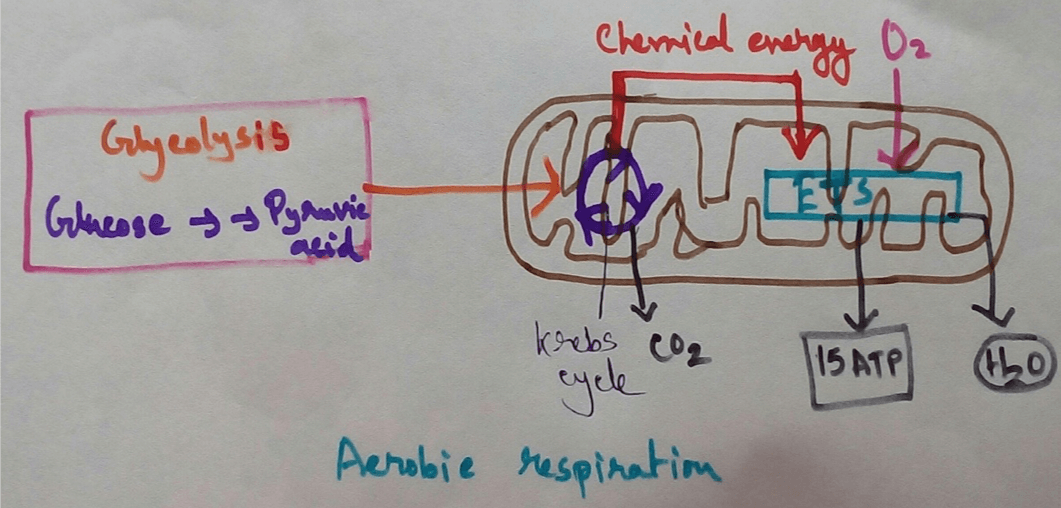
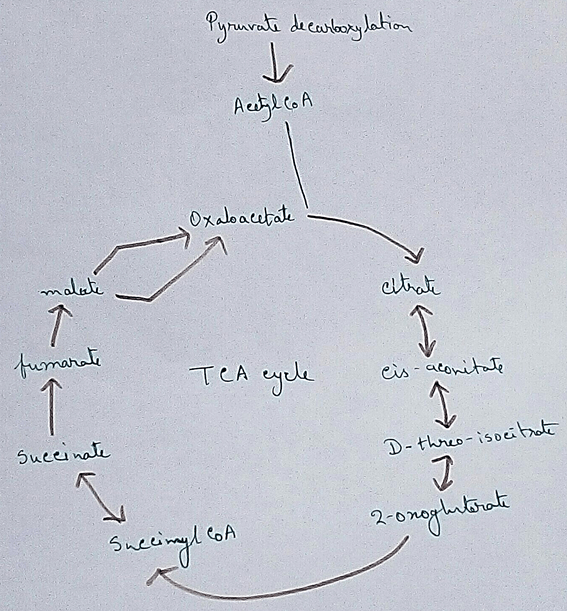
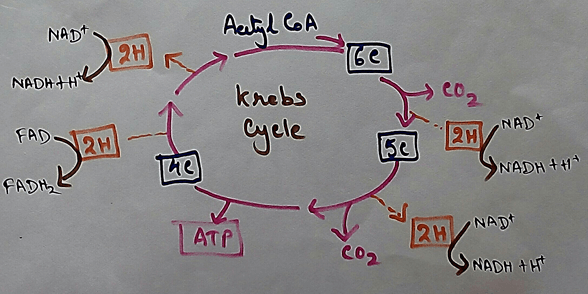
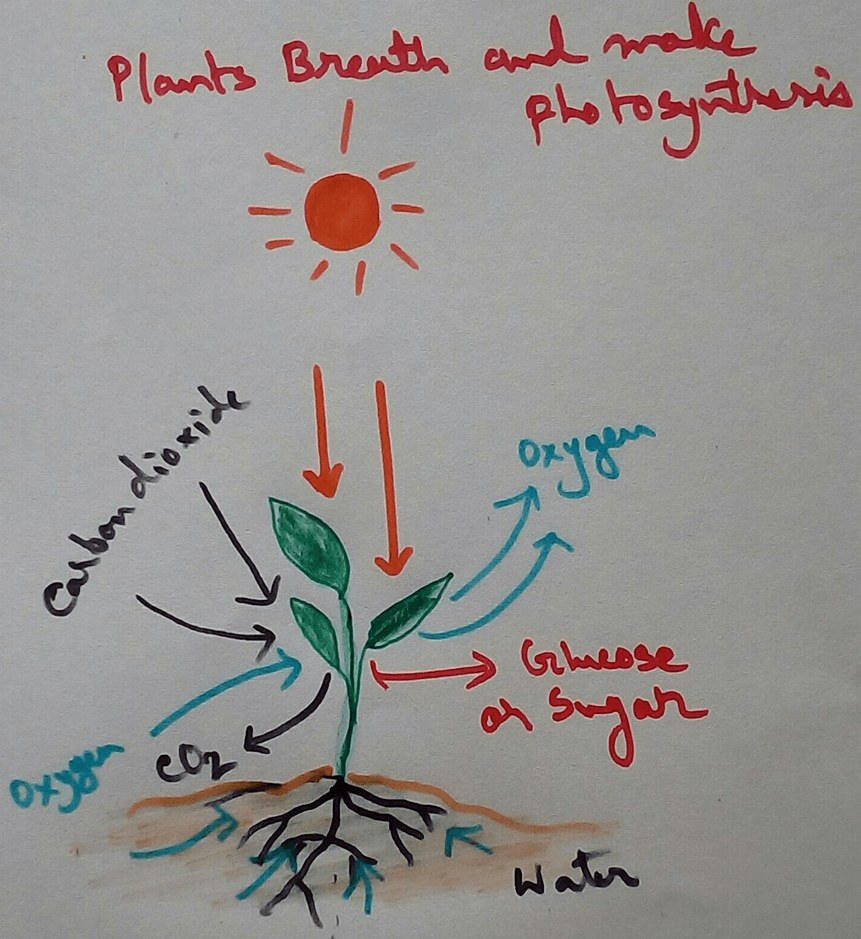
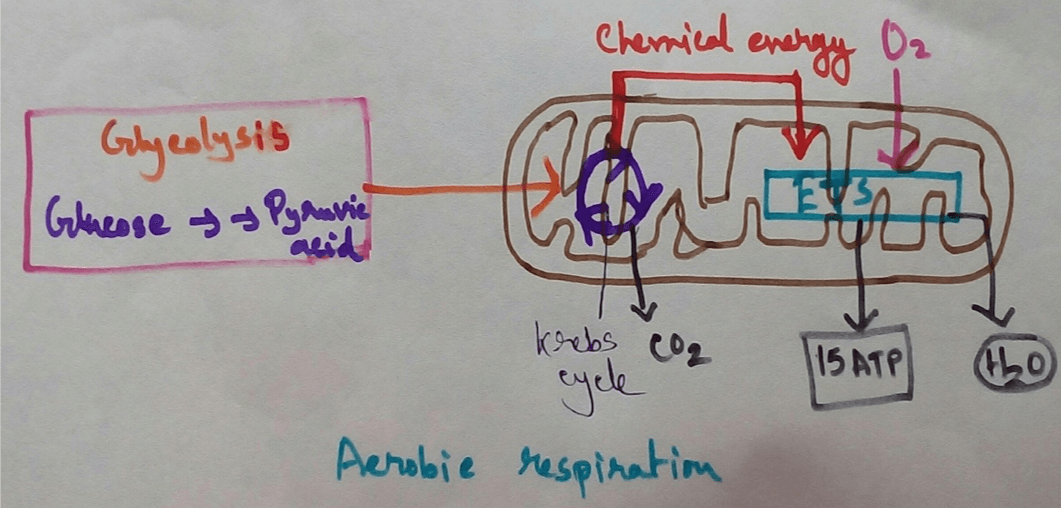
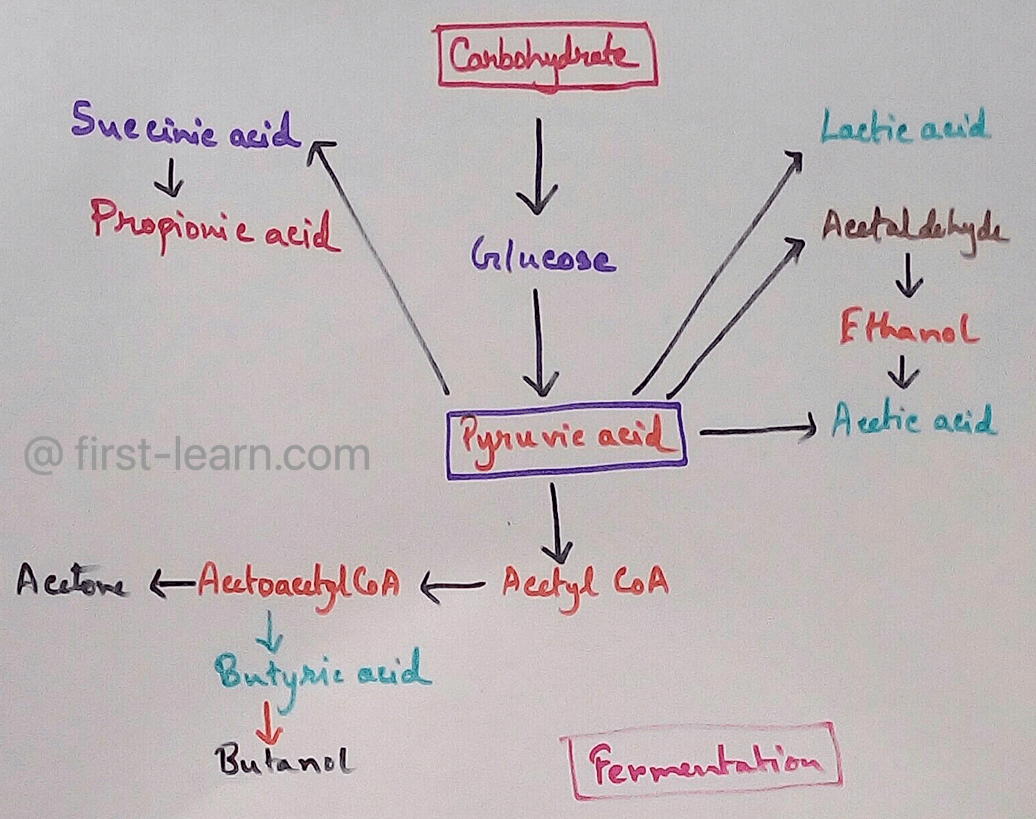
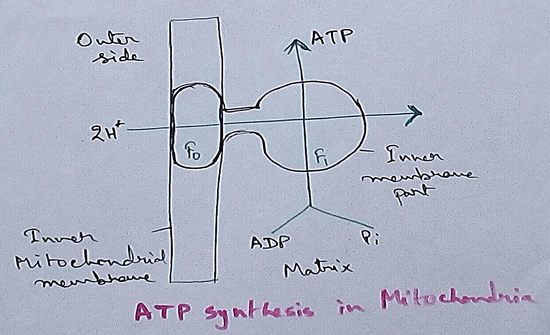
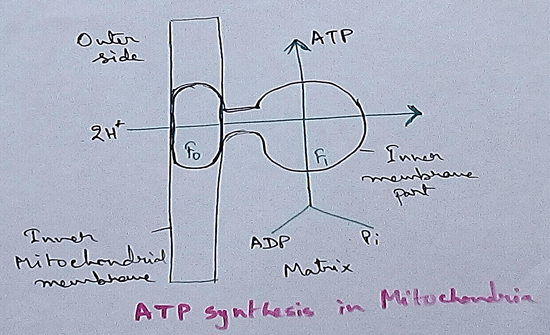
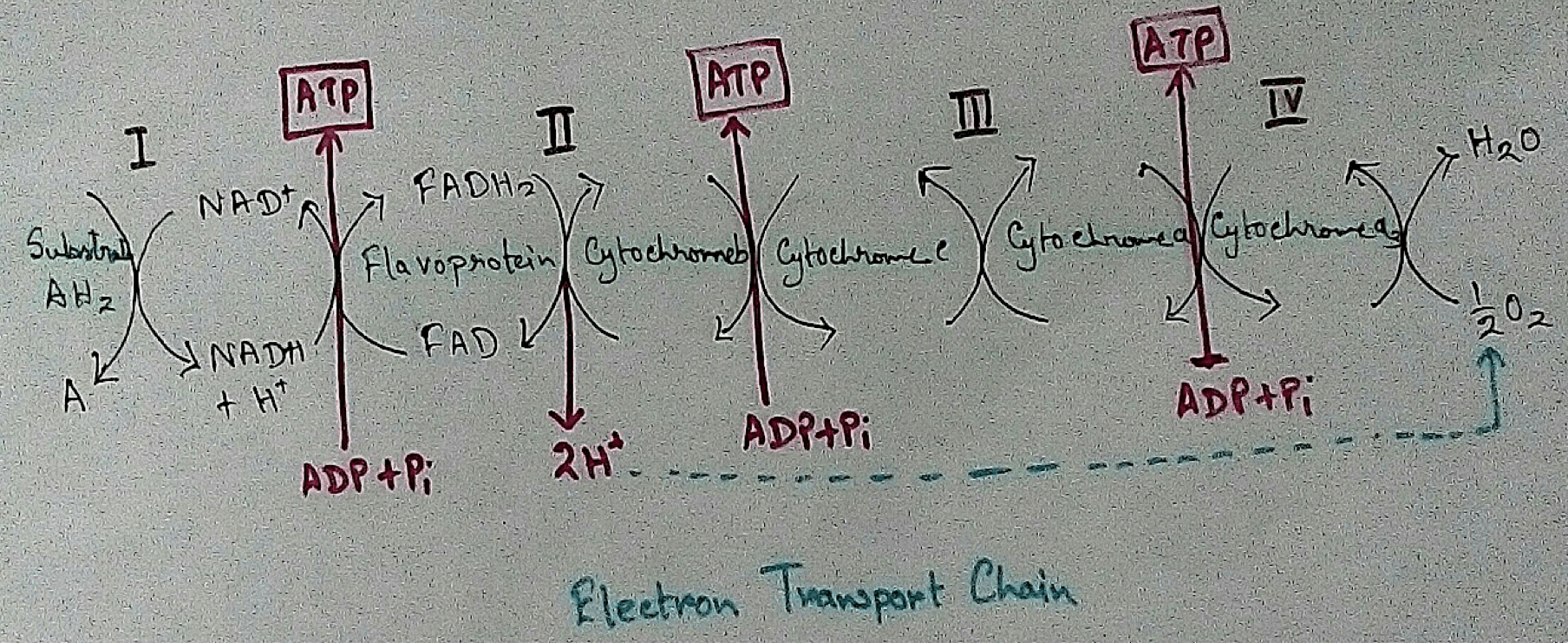

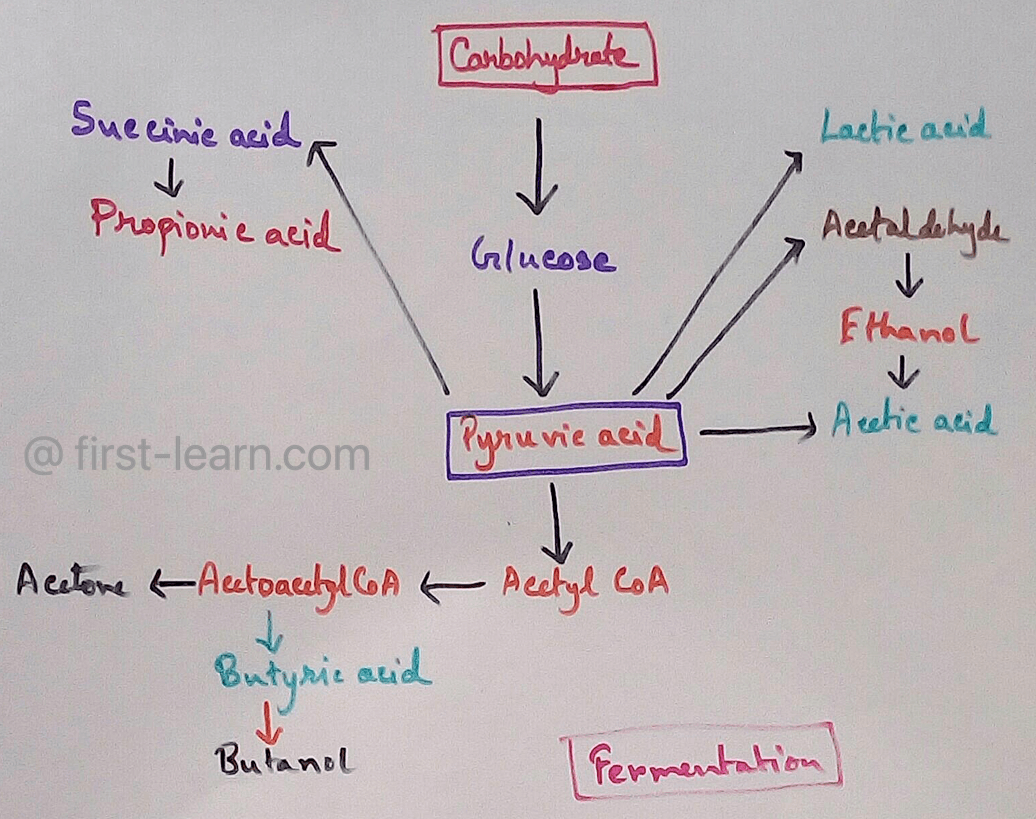
New! Comments
Have your say about what you just read! Leave me a comment in the box below.